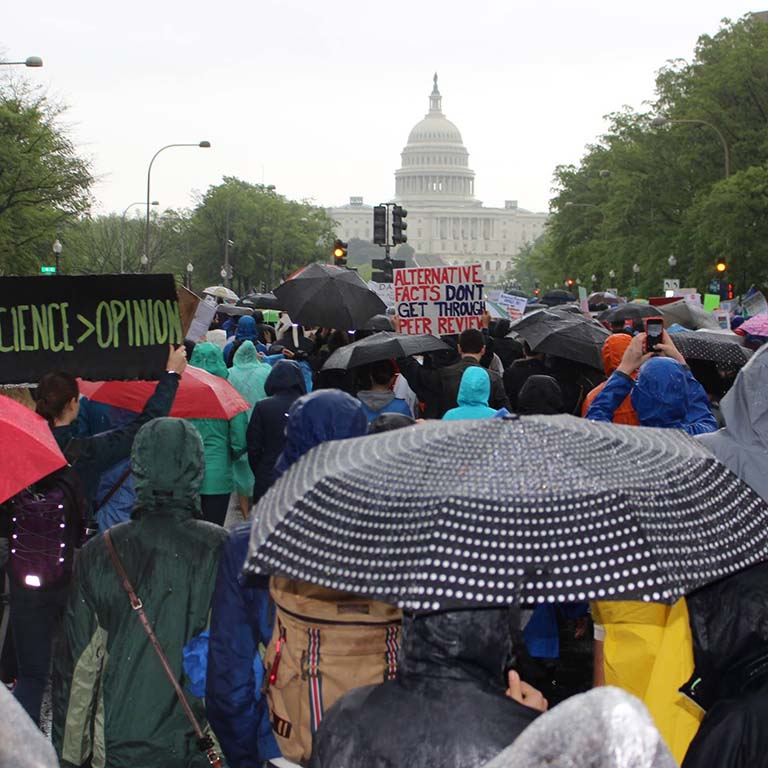
Why we marched for science
It's impossible to cherry-pick proposals for funding based on which will bring the biggest rewards to society. Distinguished Professor of Biology Yves Brun explains why.
Keeping you updated on what’s happening in the Department of Biology.
Banner photo: March for Science in downtown Indianapolis, IN, on April 22, 2017 | Ankur Dalia, IU Biology
Some will argue that the scientific method has come increasingly under attack. Means to sustain and support the integrity of the process have mobilized. In April, throngs of people worldwide marching for science demonstrated support en masse for the process of science.
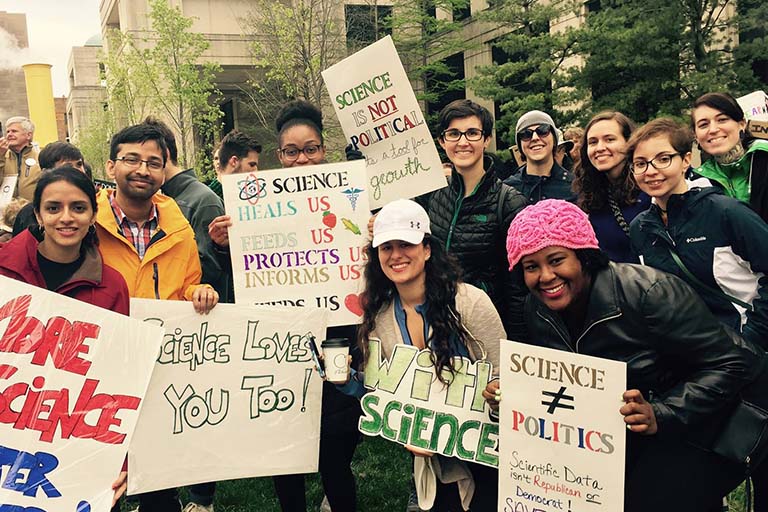
Yves Brun is collecting instances of scientific research that at first seemed useless but eventually had tremendous impact on society. This quest stems from his commitment to the scientific process. His collection of anecdotes will drive home the fact that it is impossible to cherry-pick which proposals will bring the biggest rewards to society. Be sure to read Brun’s article, “Why we marched for science.”
Armin Moczek tells why he does outreach to introduce the scientific method. According to Moczek, instilling a love for science one student, classroom, teacher, grade level, school, and district at a time is a perfectly fine way to start. Local educator Kirstin Milks provides tips on how to get started.
Also realizing the influence of outreach, recent graduate Mandy Gibson discusses her hands-on Red Queen game that requires students to collaborate to generate data and test predictions of the Red Queen hypothesis. For designing the game, Gibson won the 2016 Thomas Henry Huxley Award. She was able to publish the game open-access because of funding she received from IU Biology’s Ruesink Outstanding Associate Instructor Teaching Award.
And, quite busy in their specific pursuits of the scientific process, we introduce to you our newest faculty members.
Terri Greene, BioNews editor

It's impossible to cherry-pick proposals for funding based on which will bring the biggest rewards to society. Distinguished Professor of Biology Yves Brun explains why.
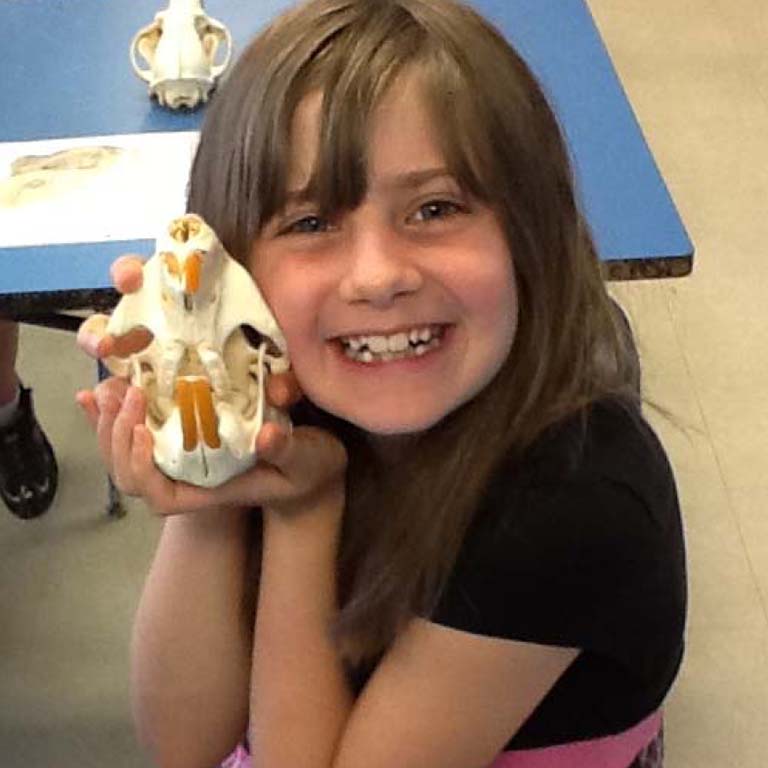
Armin Moczek is instilling a love for science one student, classroom, teacher, grade level, school, and district at a time through outreach.

Local educator Kirstin Milks provides tips on how to get started doing outreach in schools.
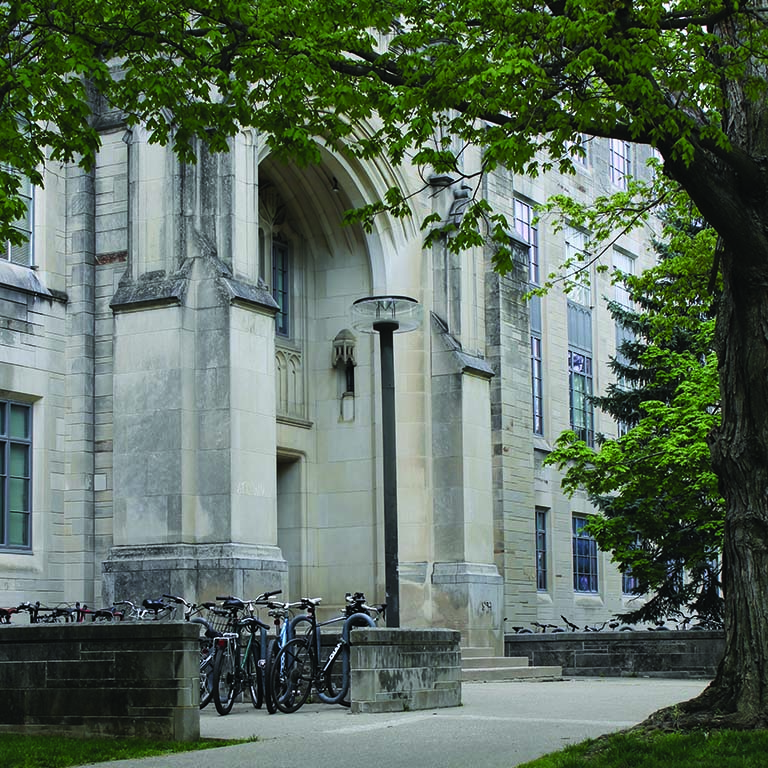
We briefly introduce you to each of our newest faculty members.
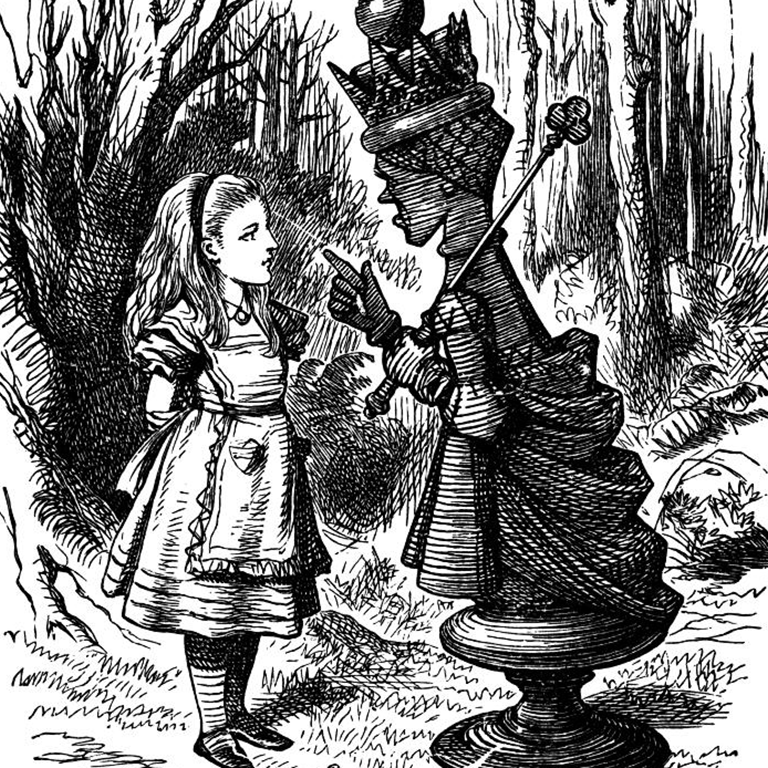
Recent graduate Mandy Gibson [PhD, 2016] discusses her hands-on Red Queen game that requires students to collaborate to generate data and test predictions of the Red Queen hypothesis.
We’d like to hear from you! Email bionews@indiana.edu to share your recent accomplishments to be added to the “class notes” section in our fall issue of BioNews.
Contact information changed?
Notify Kathy Wyss at biodevst@indiana.edu or 812-855-6195.
Update your record with the IU Alumni Association at https://myiu.org/my-profile/alumni-directory.
Follow IU Biology on:
BioNews is published by the IU Department of Biology—with support from the IU College of Arts and Sciences—for alumni and friends to encourage their interest in and support for Indiana University, the College of Arts and Sciences, and our department.
Editor
Terri Greene
Editorial correspondence
Email: bionews@indiana.edu
Letters: 1001 East Third Street, Bloomington, IN 47405-7005 USA
Department of Biology
Chair: Clay Fuqua
Associate Chair for Research and Facilities: Gregory Demas
Associate Chair for Teaching: Richard Hardy
Development Officer: Kathy Wyss
College of Arts and Sciences
Executive Dean: Larry D. Singell
Director of Communications and Marketing: Deborah Galyan
Executive Director of Advancement: Travis Paulin
Director of Alumni Relations: Vanessa Cloe